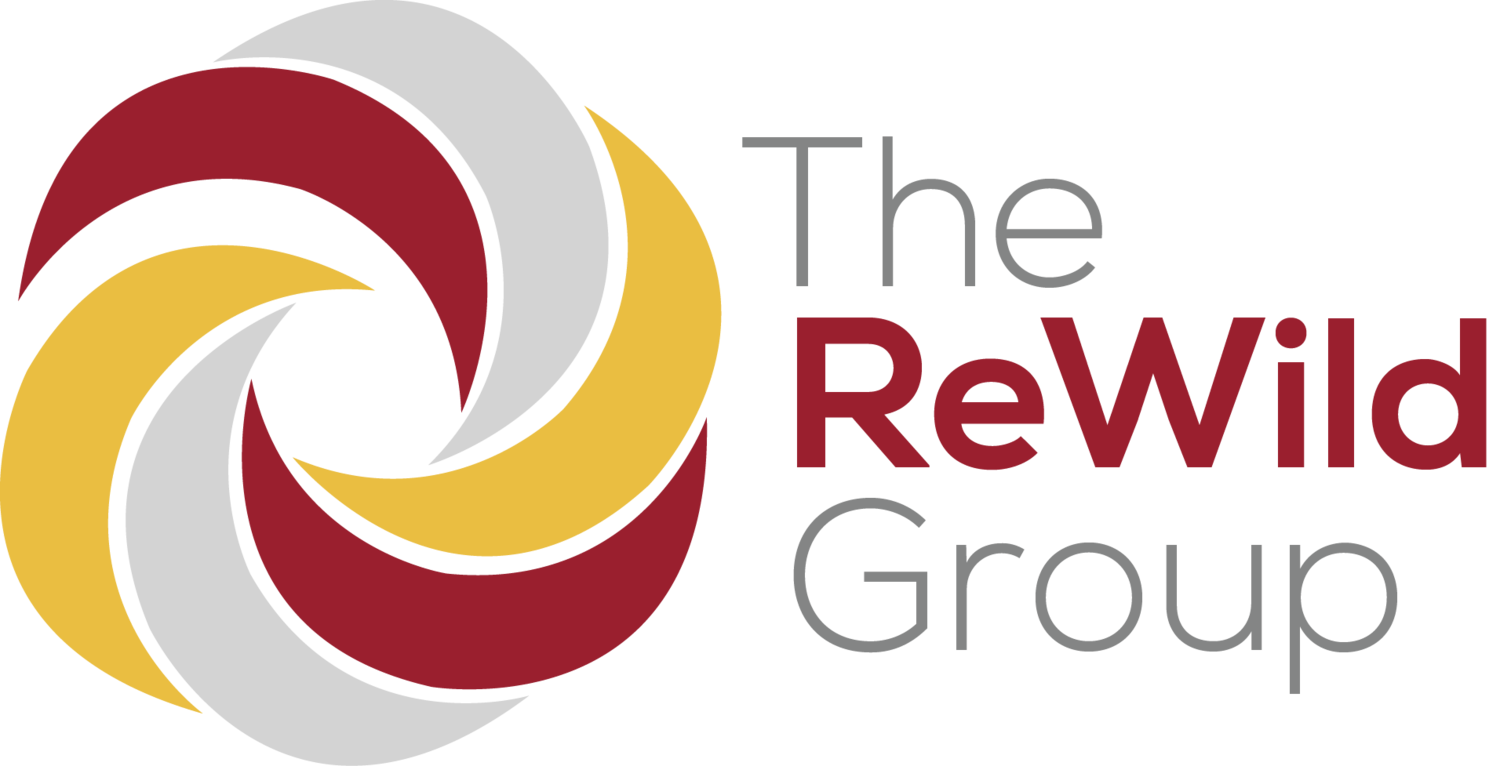The Power of Frameworks
In a world overflowing with choices and complexity, frameworks stand out as essential tools for progress. Whether you’re coding an app, shedding pounds, or growing a business, the need for a structured approach is universal. Without a clear path, efforts can scatter—leading to wasted time, frustration, or outright failure. Frameworks meet this need by offering a blueprint: a tested, repeatable system that cuts through chaos and guides you toward your goal. They’re not rigid rules but adaptable scaffolds, balancing structure with flexibility to suit different contexts.
Advantages Across Different Areas
Frameworks shine by streamlining processes and boosting efficiency. In manufacturing and engineering, consider the Lean Manufacturing framework. Originating from Toyota’s production system, Lean focuses on eliminating waste—be it excess inventory, overproduction, or idle time—while maximizing value for the end customer. It provides tools like value stream mapping and just-in-time production, enabling teams to optimize workflows, reduce costs, and deliver quality faster. The result is a disciplined yet adaptable system that keeps production humming efficiently.
Shift to a more everyday example: the 5:2 Diet. This intermittent fasting framework simplifies weight loss with a clear rhythm—five days of normal eating, two days of low calories. It ditches convoluted meal plans for a straightforward pattern, making adherence easier and progress trackable. It’s a guardrail for discipline, proving frameworks don’t just belong in tech.
Then there’s business, where growth can feel like a maze. Here, frameworks distill decades of insight into actionable steps, turning ambition into results. They offer clarity amid uncertainty, ensuring efforts align with outcomes. Across these domains, the advantages are the same: time saved, errors reduced, and a shared language for collaboration.
Organizational ReWilding: A Lifeline for Small Business Owners
For small business owners, growth often means grappling with chaos—unpredictable revenue, stretched resources, or a team that’s outgrown ad-hoc management structures. Enter Organizational ReWilding, a framework designed to tame this wild ride. Rooted in over 30 years of research across 1,500+ businesses, it views companies as living ecosystems, not clunky machines. It maps growth into seven stages, defined by employee count (since that’s what drives complexity), and lays out “rules” across eight dimensions—like leadership, focus, infrastructure, and process—to match each stage.
For owners, it’s a game-changer. Take a Stage 1 business (1-10 employees): the framework zeros in on securing profitable revenue and decisive leadership—foundational wins that prevent early stumbles. By Stage 3 (19-34 employees), it shifts to delegation and building a management team, addressing the growing pains of scale. Tools like assessments and guidebooks pinpoint gaps—say, a shaky process or unclear roles—so owners fix root issues, not just symptoms. It’s practical, not theoretical, and flexible—you can apply it on your own, with a coach, in peer groups, or as part of a leadership team.
The payoff? Sustainable growth without burnout. Organizational ReWilding replaces guesswork with a proven path, empowering owners to lead confidently, align their teams, and thrive in the unpredictable jungle of business. Like any great framework, it simplifies the complex, making success not just possible, but predictable.
Take the first step to learn more about how the powerful Organizational ReWilding framework can serve your business by finding your Stage of Growth.
For more resources, including books, videos, and free assessments, visit our website.
